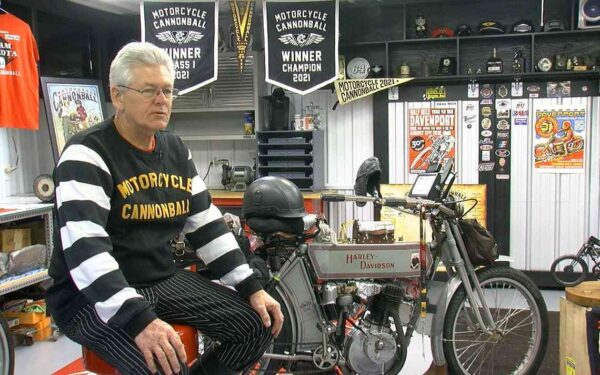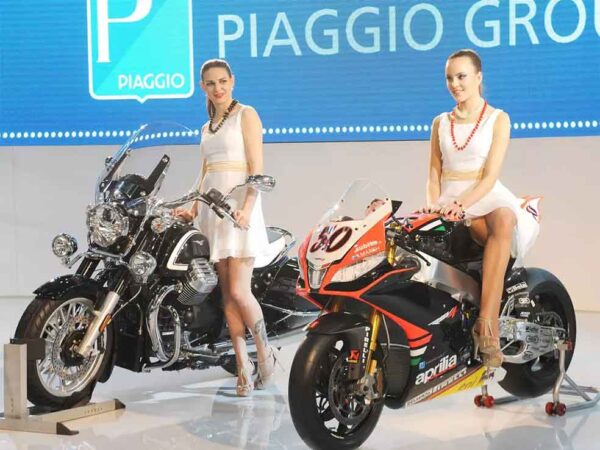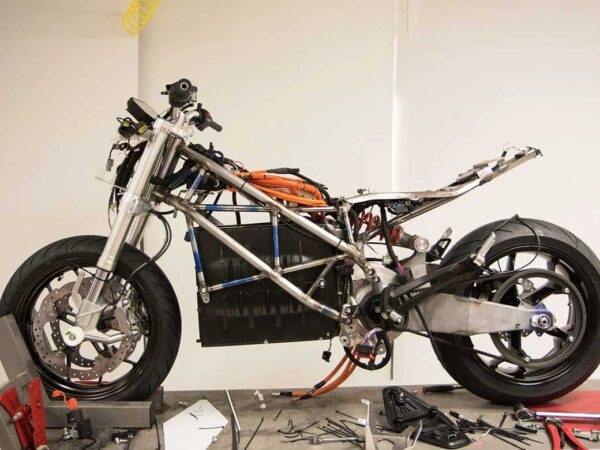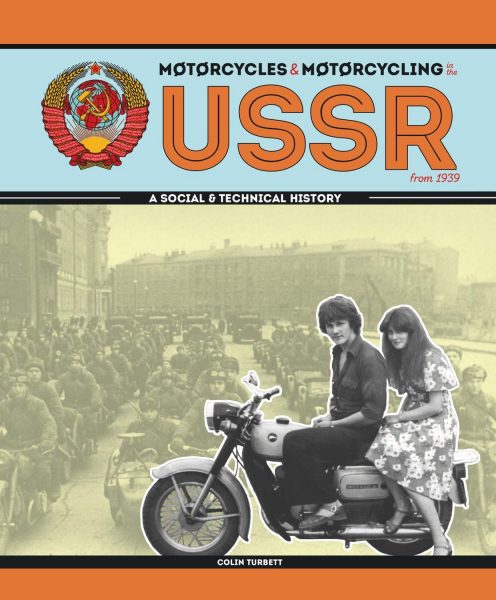Dave Currier, aged 68, on Winning Cannonball riding his 1911 Harley-Davidson
by Kevin Wallevand from https://www.inforum.com Fargo man wins Motorcycle Cannonball with 1911 Harley Davidson Dave Currier turned 68 years of age on the road while racing in the Motorcycle Cannonball Earlier, Dave Currier had been a runner-up in 2018 Motorcycle Cannonball riding a 1915 Harley-Davidson His father sold Indian and Harley motorcycles in the 1940s and 50s in Fargo and also raced them Dave Currier credits John Rouland of Northern Crankshaft in Thief River Falls for doing a lot of the technical and engine work on his 1911 H-D “To start it, you have to pedal to start it, it is a belt drive. To move it forward, you have a lever which tensions the belt and the bike moves forward.” – Dave Currier Fargo man wins Motorcycle Cannonball with 1911 Harley Davidson A Fargo man has just won a cross country motorcycle run called The Motorcycle Cannonball. Dave Currier is finally getting some feeling back in his rear-end. He is back in Fargo after competing in the most difficult, antique endurance race in the world: The Motorcycle Cannonball. “I think this has been the toughest ride of my life,” Currier said. “It is a real grind, I had about eight hours in the saddle every day.” Riding his 1911 belt-driven Harley Davidson, Currier and 88 competitors crossed 11 states over 16-days straight. From Michigan to South Padre Island, Texas, they racked up just over 3,700 miles. “The bike is tall. I have short legs, so my feet don’t touch the ground,” Currier said. “To start it, you have to pedal to start it, it is a belt drive. To move it forward, you have a lever which tensions the belt and the bike moves forward.” But Currier, who had a team planning and tweaking this bike, not only competed; […]
Dave Currier, aged 68, on Winning Cannonball riding his 1911 Harley-Davidson Read More »




